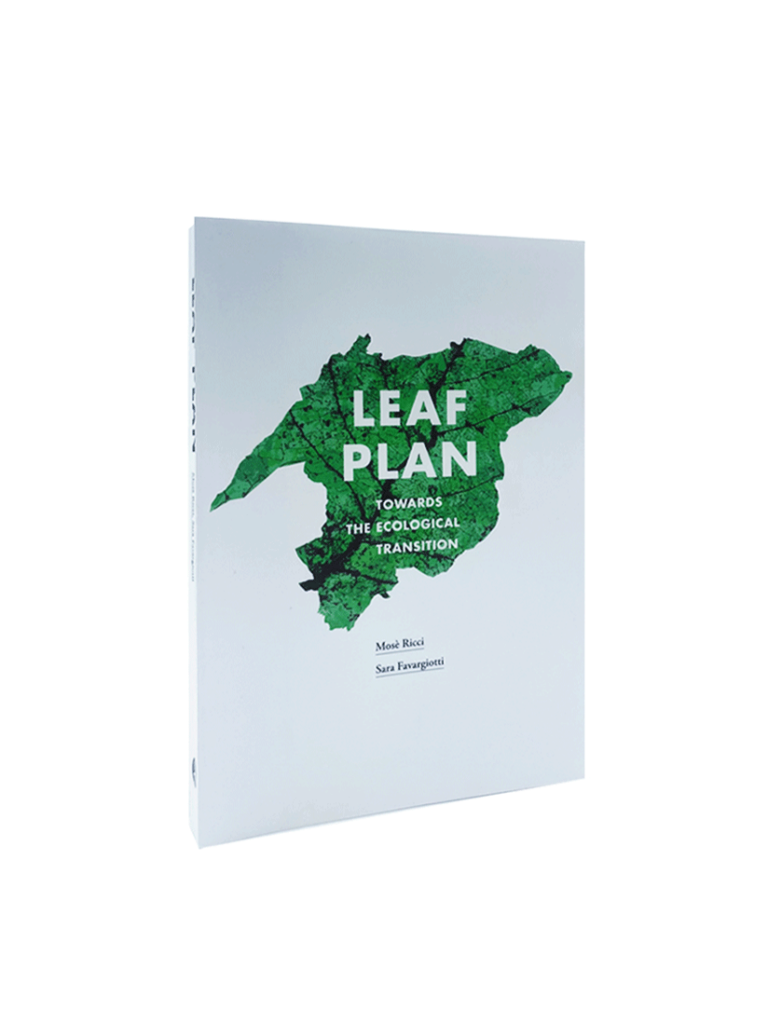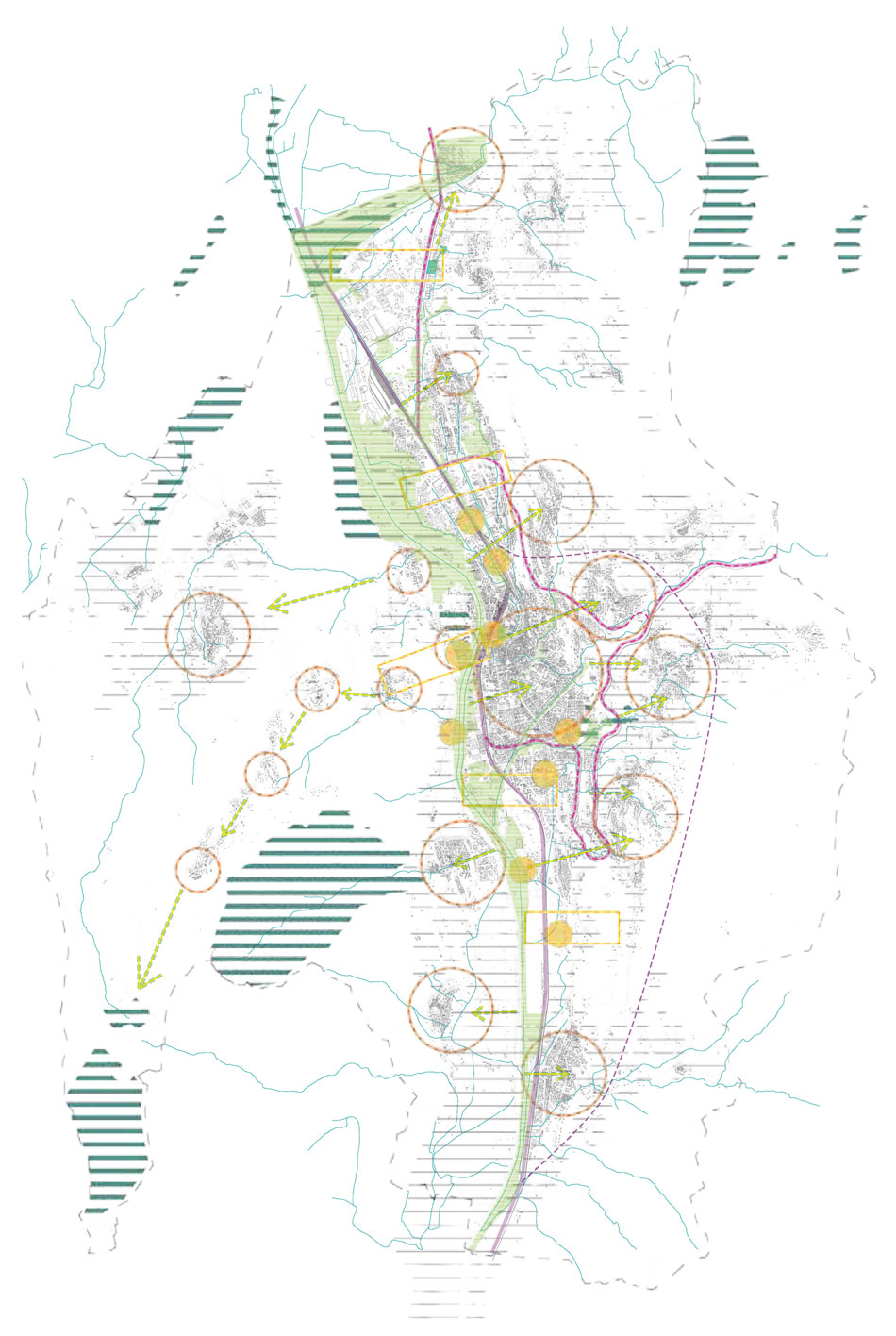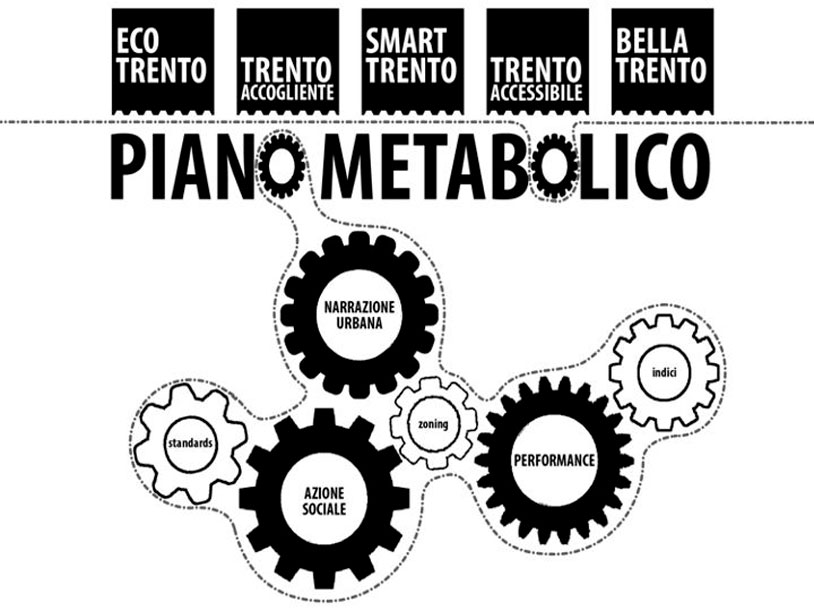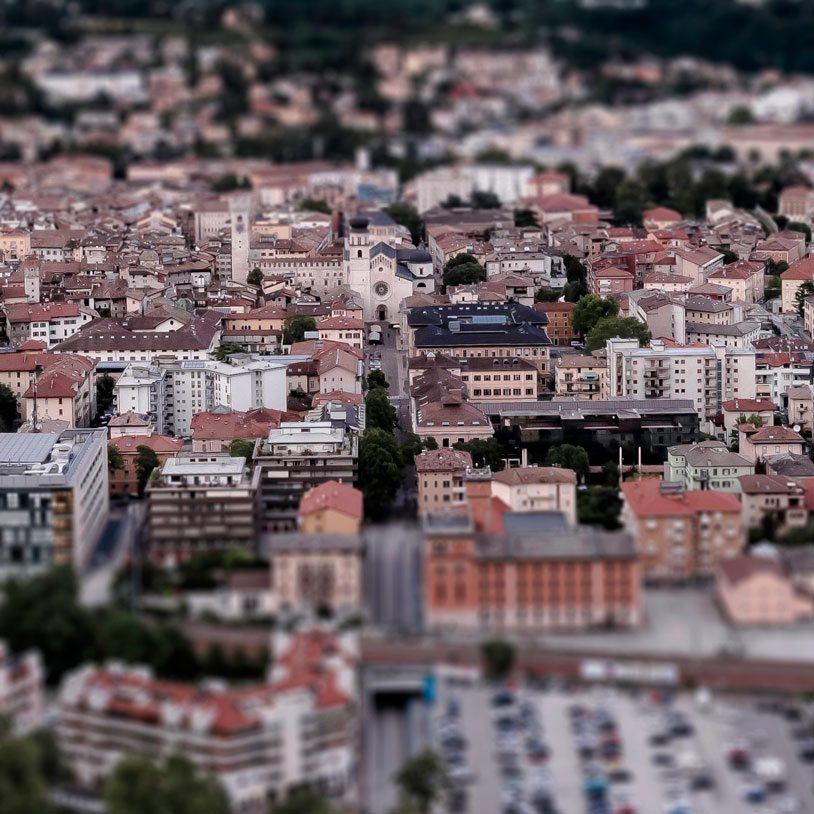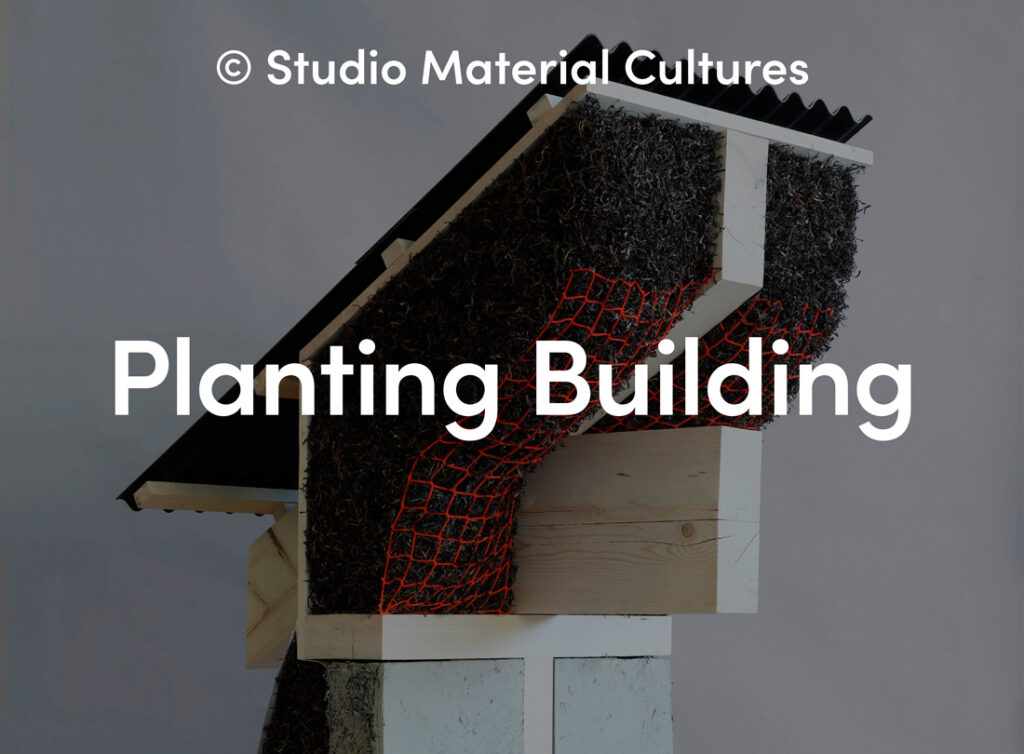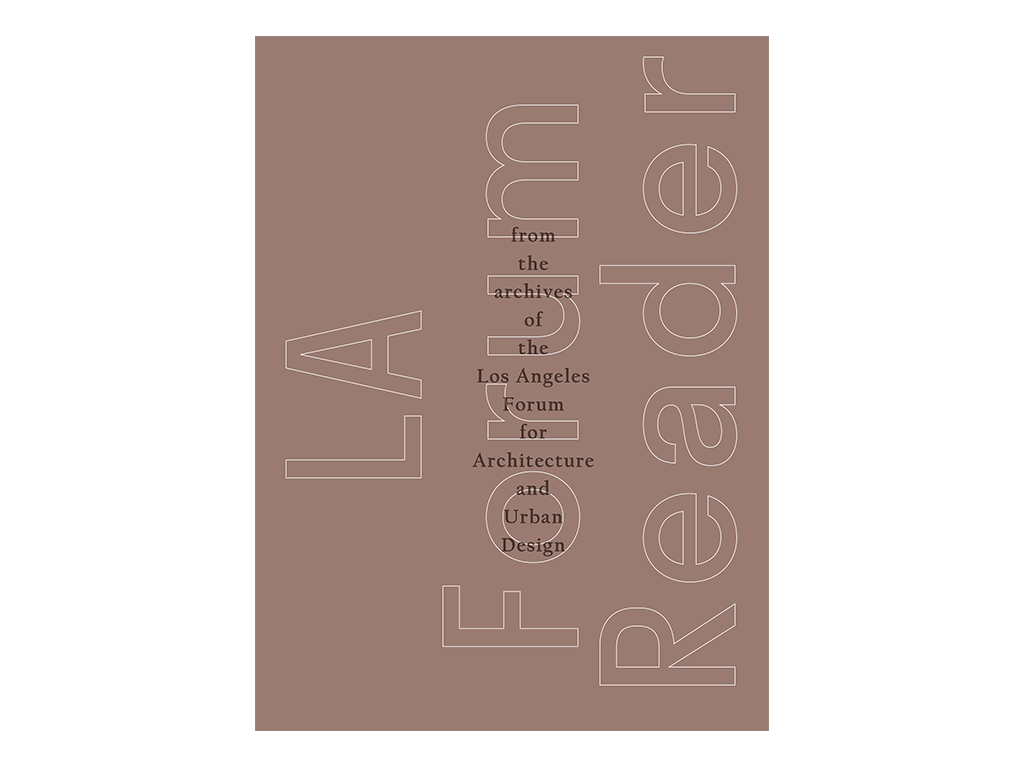What is the destiny of urban planning (and more generally of design disciplines) in an era that seems to consider only -or at least with absolute priority- the evolution of intangible spaces and related devices? If today – and in the future increasingly so – the theme of city development is no longer about growth but resilience and environmental quality? When not the construction of the new, but the efficiency and re-signification of existing buildings, become the central issues of building production? This is a major challenge for architectural culture. A challenge that values the existing with conceptual devices that work on the slippage of meaning and new life cycles of living spaces (Guallart. 2012). Aesthetic values remain fundamental, but they are changing rapidly and there is a growing consensus among social and technical actors on three parameters of design for the regeneration of physical space that are not opposed but can be integrated.
Narration, social action and performance, are criteria that identify an anachronistic design attitude in Agamben’s sense, anti-graceful and popular. They emphasize the need to break with a conception of urban development essentially based on the construction of the new. These are viewpoints on the meaning of urban intervention in the age of the present time when the future we dreamed of for cities never comes and is probably no longer what we want, and the existing built space seems to be the last possible context of intervention for better living: the new heritage of cities, a seemingly informal place where nature and traces of previous eras are composed in a landscape dense with meaning and people. The result of this shifting process from the aesthetics of signs to the aesthetics of senses gives beauty to a new form of landscape–city that is probably the only sensible form of inhabiting the physical world today, a space in which nature is the main infrastructure linking people and quality of life (Waldheim, 2016). The project for the new Trento Plan experiments in practice the same paradigms and, as in Nolli’s image of Rome or Rem Koolhaas’s map of New York, takes the image of open spaces as the shape of the city: a leaf.
Fig. 01 Permartive masterplan skeme
In leaves, the ribs are the conducting vessels, the channels that brings life. Water and mineral substances from the roots reach the leaves through these channels, are processed into sap and brought back to the ground via the same ways. In Trento, the ribs of the city are the lines, the concretions and the social relationships traced by its open spaces. It is the green and blue infrastructures that organize the system of public spaces and social life. The ribs 12 describe a system of existing and magnetic spaces that continually tends to grow stronger. Their position represents the landscape/environmental corridors that descend from the mountain, the trace of the ancient inditches now underground, the tree-lined avenues, the main lines of urban crossings, such as waiting spaces, unsolved and abandoned places. The green rib system catalyzes public education, sports and recreational facilities, spaces for universities, places in the historic city and tends to attract spaces for the new landscape and environmental compensations. It identifies the channels of the continuous aggregation of the landscape/ environmental qualities of the city and the favorite places of social life. This is the structural vision of the framework of research actions in scientific support of the 2016-2020 General Revision to the Trento Plan.
Fig. 02 The five challenges
In line with the themes outlined by the European Urban Agenda, Environment, Society, Demography, Mobility, Economy (UN, 2016), the plan proposes five challenges for the future and development of Trento. The challenges include short-term and long-term objectives, but unlike them they do not have set deadlines. They are fought day by day with strategic actions and small local changes. Having achieved one quality objective, the challenge pursues another in an almost metabolic process of continuous improvement of the city’s social, environmental, economic and cultural performance. The 5 challenges intercept the main problems and potentials of the city: the activation and regeneration of marginal areas, soil consumption, the role of agriculture (for communities, for the microclimate, for productivity and excellence), the management of water use, landscape, environmental and social aspects, biodiversity, urban climate change (microclimate and urban heat island). These are realized in the transformation of the physical space of the city and can be implemented through various action policies that form the basis of the new PRG.
On these premises, the Strategic Document1 was drawn up, which identifies the five challenges for the city of Trento declined into 18 objectives and 68 strategies, which in turn refer to the goals proposed by the 2016 European Urban Agenda (Ricci, Favargiotti 2019)
1 – Eco Trento for a sustainable city, based on a network of green areas, on the vitality of agricultural, natural and semi-natural areas that must aim at adapting to climate change.
Trento is an ecological and sustainable city, a green city and a clean city, a city that is attentive to the quality of the landscape, to making the environment attractive, to caring for green spaces by increasing their extension in a systemic 13 perspective, to improving the integrated waste cycle, to reclaiming polluted sites, to incentivizing the use of renewable energies, through a balanced consideration of environmental, social and economic components in programming and planning activities. The notion of sustainability applied to the urban scale, in fact, requires the adoption of a planning approach that clearly takes into account the tension that exists between the unsustainable use of resources and the need for their prudent and sustainable management over time. Trento must therefore increasingly characterize itself as a sustainable city, based on a vital ecological system, on a network of green areas extending from the center to the outer areas, on the vitality of agricultural areas, urban gardens, natural and semi-natural areas. Urban sustainability is also identified in the city’s balanced relationship with its surroundings and concerns traffic, water management, waste management, land-use planning, and urban and peri-urban green management. The system of green areas contrasts in a functional and ecological sense with the tangle of infrastructures and anthropic elements that characterizes the city’s urban mosaic; green areas, also through the formation of corridors, attempt to re-establish ecological balances and functions that are essential for our quality of life. To these prerogatives are added unexpected qualities of city greenery, new functionalities linked to the absorption of dust and heavy metals produced by means of transport and heating systems, the containment of thermal imbalances and meteoric water loss, and new possibilities for economic development linked to the use of renewable energy sources. Trento must therefore aim at energy transition, good use of natural resources, supporting the closure of resource cycles, climate change mitigation and adaptation.
2 – Welcoming Trento for the endowment of spaces and places that enable people to meet, to integrate, to improve the quality of life in neighborhoods and suburbs, as well as to welcome visitors and tourists.
A growing city must enhance all its urban areas, with the aim of making peripheral and marginal areas more livable. Meeting their daily needs means equipping the suburbs not only with excellent connections to the various areas, but also with all essential community services, offering opportunities for aggregation, such as toy libraries, workshops for adolescents, centers for sports or cultural activities that interest the various age groups of citizens.
Trento will therefore be characterized by the endowment of spaces and places that enable people to meet, get to know each other, and integrate those who choose to live permanently or for short periods in the city. As a city that promotes the community’s sense of belonging to its living environment, that recognizes the different identities present, that encourages social regeneration, supporting the quality of life in neighborhoods and suburbs. Indeed, redevelopment passes through ordinary but constant interventions that guarantee cleanliness, street maintenance and safety to the neighborhoods. But that is not all. The active involvement and participation of citizens and associations in the individual neighborhoods are essential tools for fostering cultural dynamism and the organization of centers to host and guarantee the development of their activities. The citizens of the suburbs must therefore find a microcosm of services at their disposal and an efficient connective network towards the historic center and other localities in the area.
3 – Accessible Trento to guarantee good supra-local connections by enhancing the places of railway mobility, containing traffic flows and encouraging sustainable mobility.
The challenge of sustainable development in urban areas requires reconciling on the one hand the economic development of cities and their accessibility, and on the other hand the quality of life of the inhabitants and the protection of the urban environment, by setting 4 objectives within an integrated approach: smooth traffic flow in cities; smarter urban transport; accessible urban transport; safe urban transport. On a local scale this means promoting slow mobility by enhancing streets, greenways and pedestrian areas as urban places of personal well-being and meeting.
4 – Smart Trento to qualify as a competitive and innovative city, which integrates the places of education and research with productive activities.
The ‘smart city’ concept consists above all of a different and new way of using existing resources and presupposes the circulation of ideas, the capacity for social, cultural and functional comparison and assimilation as a collective orientation, desired and shared by the entire community. Trento therefore has the potential to qualify itself as a competitive and innovative city, which integrates places of education and research and productive activities, which adapts spaces and structures to new work models, which provides space for new activities, creativity and young people. The city must found its attractiveness on the urban quality and the quality of the environment to which belongs, on a high life standard supported by personal and business services, on cultural, leisure, sports and university opportunities.
5 – Bella Trento to capture the beauty. of urban spaces and landscape as a common good and resource on which to base the well-being and attractiveness of the community. A city committed to the preservation (identification, protection and conservation) and enhancement (promoting knowledge and ensuring the best conditions for public use and fruition of its heritage constituted, according to the Cultural Heritage and Landscape Code, actively contributes to ‘preserving the memory of the local community and its territory and promoting the development of culture’. The protection and enhancement of natural and cultural resources are of strategic importance to promote local sustainable development, considering it a decisive factor in improving the quality of life of local residents and attracting more visitors from Italy and abroad. The objective is to implement actions that make social and cultural capital a driver of sustainable development by relaunching the distinctive features of Trentino’s history, industriousness and knowledge. Because the Plan is a cultural product in its oscillation between the rights and duties of a community, in describing its present and expectations for tomorrow.
Fig. 03 View of the city center from Italcementi hill
